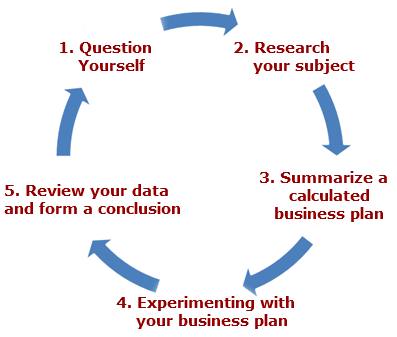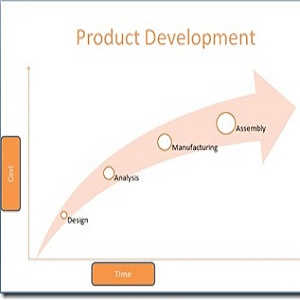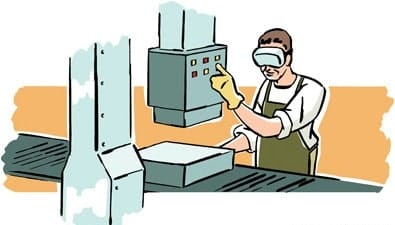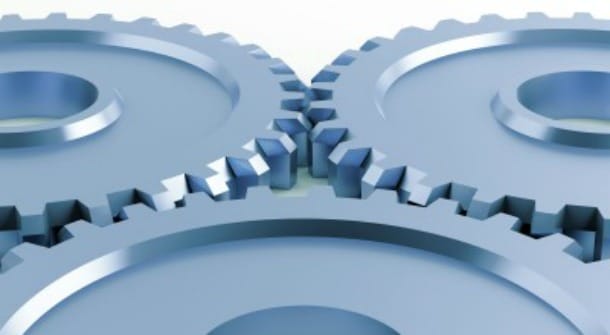Entrepreneurship is not everyone’s cup of tea; it’s an art and also a science. In the stance of cutthroat competition, it takes a lot to be a successful entrepreneur because there is no single, definite factor for success — it takes a great idea, a lucrative network of resources, a ton of hard work, and time to create an enduring, profitable business.
To overcome the competition in the market, you need to frequently make or break the logical foundation of your company. Without wasting more time, you need to conclude who your customers are, what their requirements are, what they expect from you, and how you are going to satisfy their expectations. Here is a list of five structured methods by a leading Product Manufacturing Company, GID, to achieve success as an entrepreneur.
Question Yourself – Before you start searching for answers, pen down all your questions related to your project. Questioning yourself will help you in exploring the possibilities for product development and marketing. For instance, if you are planning to manufacture a new product for your targeted customers, then ask yourself what exactly your customers require. Even if you already have an idea, you must know exactly what problem you are solving. If you are promoting your product, then ask why your customers would be interested in purchasing your product.
- What ingredients are required for a successful product?
- How can I make my product cost effective?
- How to engage targeted customers?
Research your subject – Once you are ready with the list of important questions, you must start finding as much information as you can on the subject. There are two main sources of gathering relative information – competitors and potential customers. Be honest and serious with whatever you do, pick some people from your targeted audiences, and find out what makes them tick. Your competitors and their products are the pool of the more valuable information for you. Try hard to find out what they are doing, how they are doing it, and most importantly, how you can make it better. You need to adopt a unique approach that distinguishes you from the competitors in the market.
Summarize a calculated business plan – Once you are done with the research work, it’s time to prepare a business plan on a broad scale. A business plan is essential because it formalizes the assumptions you hold. A powerful business plan helps you stay focused and move smoothly towards your predefined business objectives.
Experimenting with your business plan – This is one of the most important steps. To become a successful entrepreneur, it’s not enough to merely summarize a business plan; you have to put that business plan to the test. After you have developed a business plan about your business, say for instance “Women ages 20 to 34 will buy your product to have Y feature,” you need to test the notion. To test the business plan, you can conduct a simple survey, or develop a prototype and present it to a group of beta testers. You can run multiple campaigns to experiment with your business plan.
Review your data and form a conclusion – Experimenting with your business plan won’t mean anything unless you have a way to concretely and objectively measure its results. Methodically analyze qualitative data to form a solid conclusion about your business plan. One most important point to conclude is how much money you are going to spend on a specific project and how much profit it is going to generate.
As an entrepreneur, to get started with enough momentum, you are going to need a great idea. To transform that idea into a money-making product, you are going to need an experienced and affordable product development company in the USA.
The business landscape is constantly changing and evolving, adding new information to existing models. To know more about new product development for your business or to discuss the feasibility of your concept, feel free to contact the GID Development Corporation at https://www.gidcompany.com/








